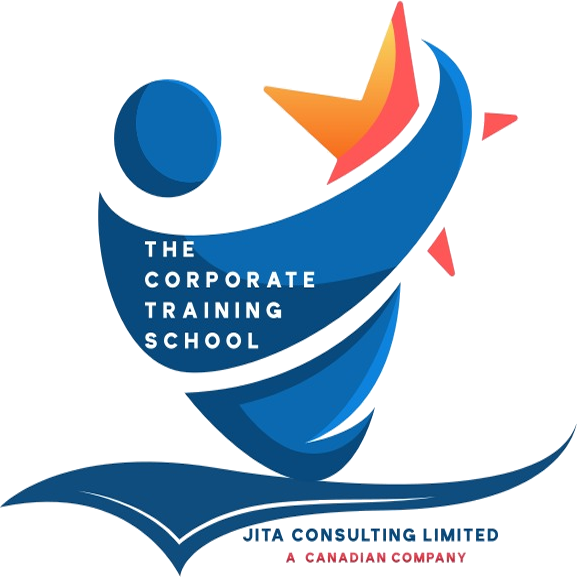Description
Employee Onboarding is an important and vital part of every company hiring procedure. Hiring, training, and bringing new employees on board cost a lot of money and are major investments. Onboarding is a secure investment that will assist newly hired employees in developing and keeping their skills, knowledge, and value within the company. It will stop highly skilled workers from being lured to a competitor, which makes your company stronger within the market.
Through Employee Onboarding you will find it lowers costs related to employee turnover. It will increase productivity and produce a happier and more skilled workforce. The new hire phase is a critical time for the employee and company and having a structured set of procedures will make this time run smoother and produce a greater chance of success.
Course Curriculum
-
Introduction
-
Course Objectives ..
-
-
Module 1
-
The Purpose of Onboarding .. -
Start-up Cost .. -
Anxiety .. -
Employee Turnover .. -
Realistic Expectations .. -
Knowledge Check ..
-
-
Module 2
-
Introduction .. -
What Is Onboarding? .. -
The Importance of Onboarding .. -
Making Employees Feel Welcome .. -
First Day Checklist .. -
Knowledge Check ..
-
-
Module 3
-
Onboarding Preparation .. -
Professionalism .. -
Clarity .. -
Designating a Mentor .. -
Training .. -
Knowledge Check ..
-
-
Module 4
-
Onboarding Checklist .. -
Pre-Arrival .. -
Arrival .. -
First Week .. -
First Month .. -
Knowledge Check ..
-
-
Module 5
-
Creating an Engaging Program .. -
Getting Off on the Right Track .. -
Role of Human Resources .. -
Role of Managers .. -
Characteristics .. -
Knowledge Check ..
-
-
Module 6
-
Following Up With New Employees .. -
Initial Check in .. -
Following Up .. -
Setting Schedules .. -
Mentor’s Responsibility .. -
Knowledge Check ..
-
-
Module 7
-
Setting Expectations .. -
Defining Requirements .. -
Identifying Opportunities for Improvement and Growth .. -
Setting Verbal Expectations .. -
Putting It In Writing .. -
Knowledge Check ..
-
-
Module 8
-
Resiliency and Flexibility .. -
What Is Resiliency? .. -
Why Is It Important? .. -
Five Steps .. -
What is Flexibility? .. -
Why Is It Important? .. -
Five Steps .. -
Knowledge Check ..
-
-
Module 9
-
Assigning Work .. -
General Principles .. -
The Dictatorial Approach .. -
The Apple Picking Approach .. -
The Collaborative Approach .. -
Knowledge Check ..
-
-
Module 10
-
Providing Feedback .. -
Characteristics of Good Feedback .. -
Feedback Delivery Tools .. -
Informal Feedback .. -
Formal Feedback .. -
Knowledge Check ..
-
-
Assessment
-
Post-Test ..
-


